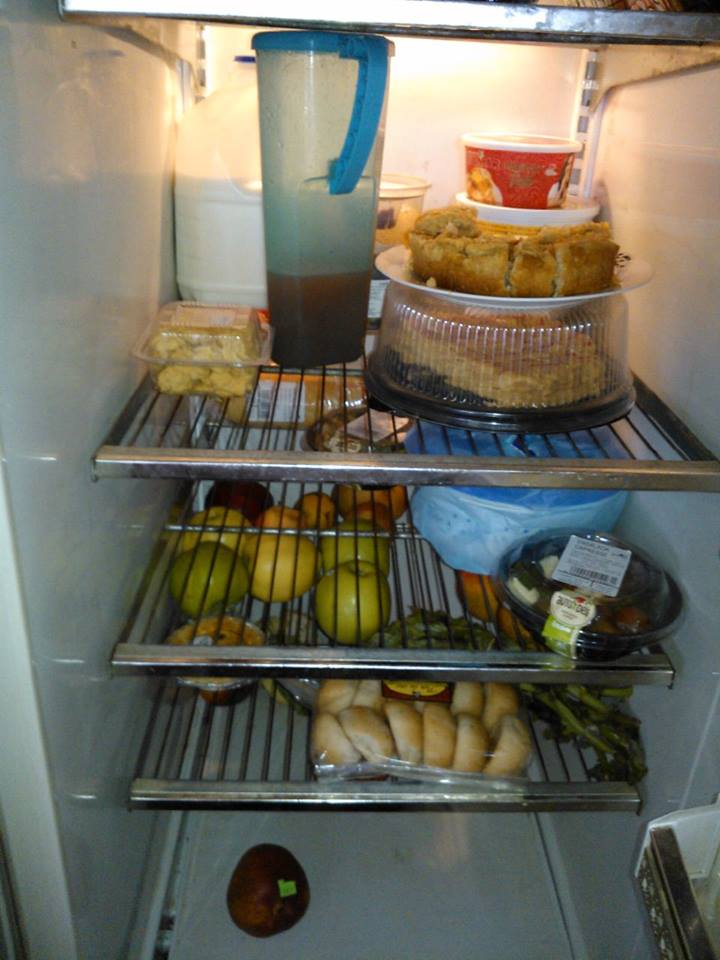In the realm of humanitarian work, certain individuals shine as beacons of inspiration, dedicating their lives to uplifting communities and creating positive change. One such luminary is Gail Nystrom, whose impactful contributions through the Costa Rican Humanitarian Foundation have left an indelible mark on the lives of many.
The Genesis of a Visionary
Gail Nystrom’s journey into humanitarian work began with a profound realization – the power of community-driven initiatives to transform lives. In the late 1970s with the Peace Corps, she found herself in Costa Rica, where she witnessed the challenges faced by vulnerable populations. Undeterred by the enormity of the task, in 1997 Nystrom founded the Costa Rican Humanitarian Foundation, driven by a vision of creating sustainable solutions to alleviate poverty and improve living conditions.
Focused Initiatives for Lasting Impact
The foundation under Nystrom’s leadership has been instrumental in implementing a diverse range of initiatives aimed at addressing the root causes of poverty. From education and healthcare to housing and microenterprise development, each program is designed to empower individuals and communities, fostering a sense of self-reliance.
One standout project is the foundation’s commitment to education. Recognizing the transformative power of knowledge, Nystrom and her team have tirelessly worked to provide educational opportunities to those who might otherwise be left behind. Scholarships, health programs, school construction projects, food security and vocational training programs have become cornerstones of the foundation’s efforts, opening doors for countless individuals to build better futures for themselves and their families.
A Ripple Effect of Positive Change
Gail Nystrom’s holistic approach to humanitarian work has created a ripple effect, impacting not only the individuals directly served by the foundation but also the wider community. By fostering an environment of collaboration and inclusivity, the Costa Rican Humanitarian Foundation has become a catalyst for positive change, inspiring others to join the cause and contribute to the collective well-being.
Challenges and Triumphs
No journey of humanitarian work is without its challenges, and Nystrom’s path has been no exception. Economic uncertainties, logistical hurdles, and the ever-evolving landscape of social issues have tested the resilience of the foundation. However, it is precisely in overcoming these challenges that the true strength of Nystrom’s commitment and the foundation’s impact are revealed.
Triumphs, whether large or small, paint a vibrant picture of the Costa Rican Humanitarian Foundation’s success. Improved healthcare access, food sustainability, thriving local businesses, and empowered individuals breaking the cycle of poverty are testaments to the unwavering dedication of Nystrom and her team.
A Legacy of Compassion
As Gail Nystrom continues to lead the Costa Rican Humanitarian Foundation, her legacy is one of compassion, resilience, and positive change. The foundation stands as a beacon of hope, demonstrating that sustainable solutions and community-driven initiatives can create lasting impacts on the lives of those in need.
In a world often beset by challenges, Gail Nystrom’s story and the work of the Costa Rican Humanitarian Foundation serve as a testament to the profound difference one person can make. By empowering communities, fostering education, and addressing the root causes of poverty, Nystrom has not only changed lives but has set in motion a wave of transformation that will resonate for generations to come.

















